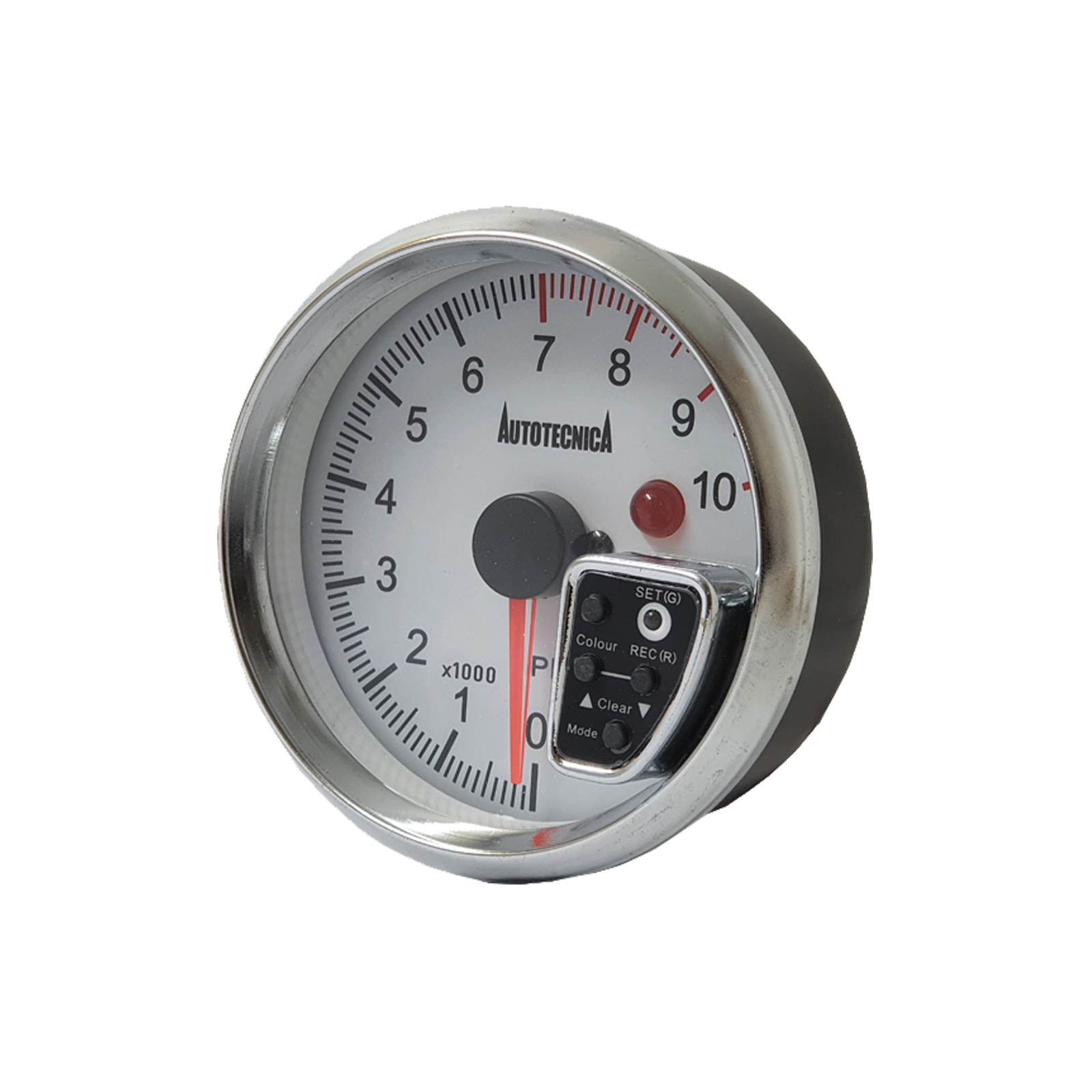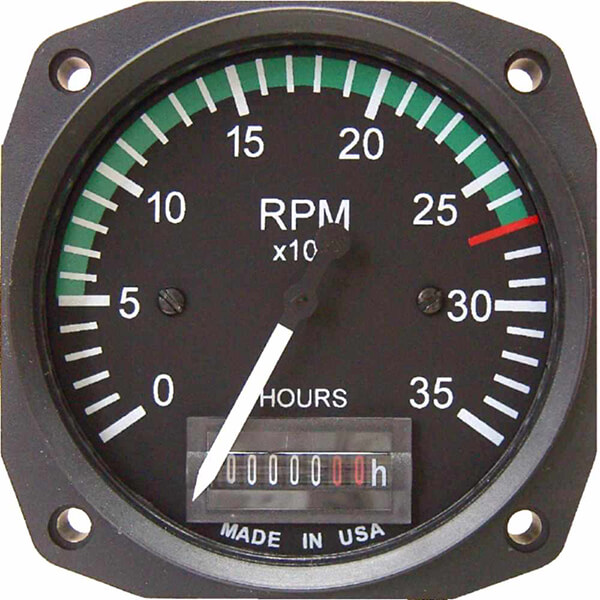Discover How a Tachometer Can Boost Your Car's Performance
Discover How a Tachometer Can Boost Your Car's Performance
Blog Article
The Significance of a Tachometer in Monitoring Engine Rate and Performance in Automotive Applications
In the world of automobile design, the tachometer stands as a critical instrument in the motorist's arsenal, providing a direct home window into the internal workings of an automobile's engine. Beyond its feature as a mere scale of transformations per min (RPM), the tachometer works as a critical device for enthusiasts and experts alike, using real-time understandings right into engine efficiency and wellness. Comprehending the importance of this gadget exceeds surface-level observations, diving right into the complex partnership between engine rate, power result, and overall driving experience. As we check out the multifaceted duty of the tachometer in auto applications, a deeper gratitude for its effect on lorry dynamics and efficiency starts to arise.
Relevance of Keeping An Eye On Engine RPM
Keeping track of engine RPM, or transformations per min, is a critical aspect of automobile upkeep and efficiency evaluation. Engine RPM directly correlates with the rate at which the engine's crankshaft revolves, showing exactly how rapidly the engine is running.
Moreover, monitoring engine RPM is crucial for efficiency examination in racing and high-performance automobiles. Maintaining ideal RPM degrees is crucial for achieving peak power result and velocity. Racers typically utilize tachometers to guarantee they are running within the suitable RPM array for maximum efficiency. In summary, monitoring engine RPM is not only crucial for identifying problems but additionally for enhancing engine efficiency in different auto applications.

Benefits of Real-Time Information
In auto applications, real-time data plays a critical function in giving immediate understandings right into the efficiency and problem of the lorry. By constantly checking various criteria such as engine speed, temperature level, gas intake, and extra, real-time information uses countless benefits that contribute to improved effectiveness and safety when traveling.
Additionally, real-time information helps with efficiency optimization by giving immediate responses on driving behaviors and engine efficiency. Motorists can readjust their habits in real-time based on this details to achieve better fuel economic climate and lengthen the life expectancy of their car.

Additionally, real-time data plays an important duty in modern-day vehicle diagnostics, making it possible for technicians to swiftly detect and address breakdowns. This brings about decreased downtime, lower upkeep prices, and eventually, improved total vehicle integrity and longevity (tachometer). By taking advantage of the power of real-time data, automotive stakeholders can make enlightened choices that positively impact both the performance and durability of the vehicle
Impact on Gear Shifts
The tachometer plays a crucial role in optimizing gear changes by giving real-time engine rate information to the driver. When approaching the redline on the tachometer, it signals the vehicle driver to upshift to protect against over-revving the engine and creating possible damage.
In addition, the tachometer aids in accomplishing smoother equipment changes, specifically in hand-operated transmissions. By keeping track of engine speed, chauffeurs can perform equipment changes at the optimum RPM array, reducing jerking movements and lessening endure the transmission components. This accuracy on duty modifications not only improves driving comfort but likewise contributes to sustain performance.
Enhancing Fuel Performance
Provided the critical duty find out the tachometer plays in maximizing gear shifts for efficiency and engine wellness, it straight adds to making the most of gas effectiveness in automobile applications. By providing real-time web link feedback on engine rate, the tachometer assists drivers in maintaining one of the most efficient RPM array for fuel economic situation. When drivers regularly check the tachometer and readjust their motoring routines accordingly, they can avoid unnecessary fuel usage brought on by over-revving or carrying the engine.
In addition, the tachometer aids vehicle drivers recognize the most fuel-efficient equipment to be in at any type of provided moment, preventing the engine from functioning tougher than necessary. In conclusion, the tachometer serves as a valuable tool in enhancing gas efficiency by advertising ideal driving behaviors and identifying locations for enhancement in the car's performance.

Making The Most Of Engine Long Life
The tachometer's function in keeping track of Extra resources engine speed and efficiency contributes in making certain the longevity of automotive engines. By utilizing the tachometer properly, motorists can maximize engine longevity through mindful RPM management. Constantly revving an engine expensive can lead to excessive damage on crucial parts, such as the pistons, shutoffs, and bearings. In time, this can lead to reduced engine performance and potential breakdowns. Keeping an eye on the tachometer enables chauffeurs to remain within the recommended RPM variety for their lorry, avoiding unneeded stress on the engine and prolonging its life-span.

Verdict
To conclude, the tachometer plays an essential duty in checking engine speed and efficiency in automotive applications. By providing real-time data on RPM, it enables for reliable gear changes, enhanced gas performance, and taken full advantage of engine durability. This tool is important for keeping ideal engine performance and ensuring the overall capability of a car.
Report this page